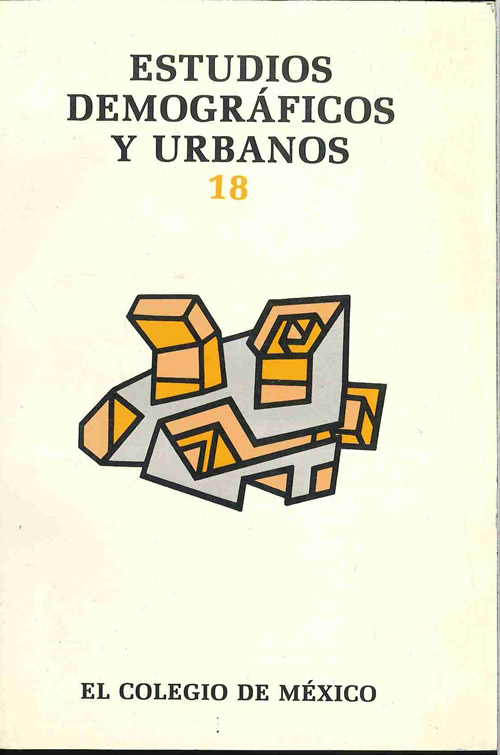Published 1991-09-01
Keywords
- trabajo,
- Ciudad de México,
- empleo femenino,
- trabajo y condición femenina,
- trabajo y participación femenina
How to Cite
-
Abstract864
-
PDF (español)708
Downloads
Copyright (c) 1991 Estudios Demográficos y Urbanos

This work is licensed under a Creative Commons Attribution-NonCommercial-NoDerivatives 4.0 International License.
Metrics
Abstract
The dramatic increase in female employment in Mexico began after 1930 and continued throughout the 1970's and 1980's. This trend in readily understandable in the postwar period prior to the 1970's when the Mexican economy was characterized by substantial economic growth, modest inflation, and financial stability. With the short-liver exception of the 1978-1979 oil boom, the decades of the seventies and eighties, conversely, were a period of progressive economic deterioration. More recent trends in female labor force participation thus run counter to economic trends. The present analysis of 1970, a year of relative economic prosperity in Mexico, is part of a study which examines why and how the female labor force in Mexico City continued to expand despite deteriorating economic conditions in the 1970's and 1980's. The principal determinants of female employment in 1970 were marital status, gender of the household head and the number of additional non-workers in the household. The most disadvantaged women, namely formerly-married women with children, women living in female-heades households, and poor rural migrants, were most likely to work.



